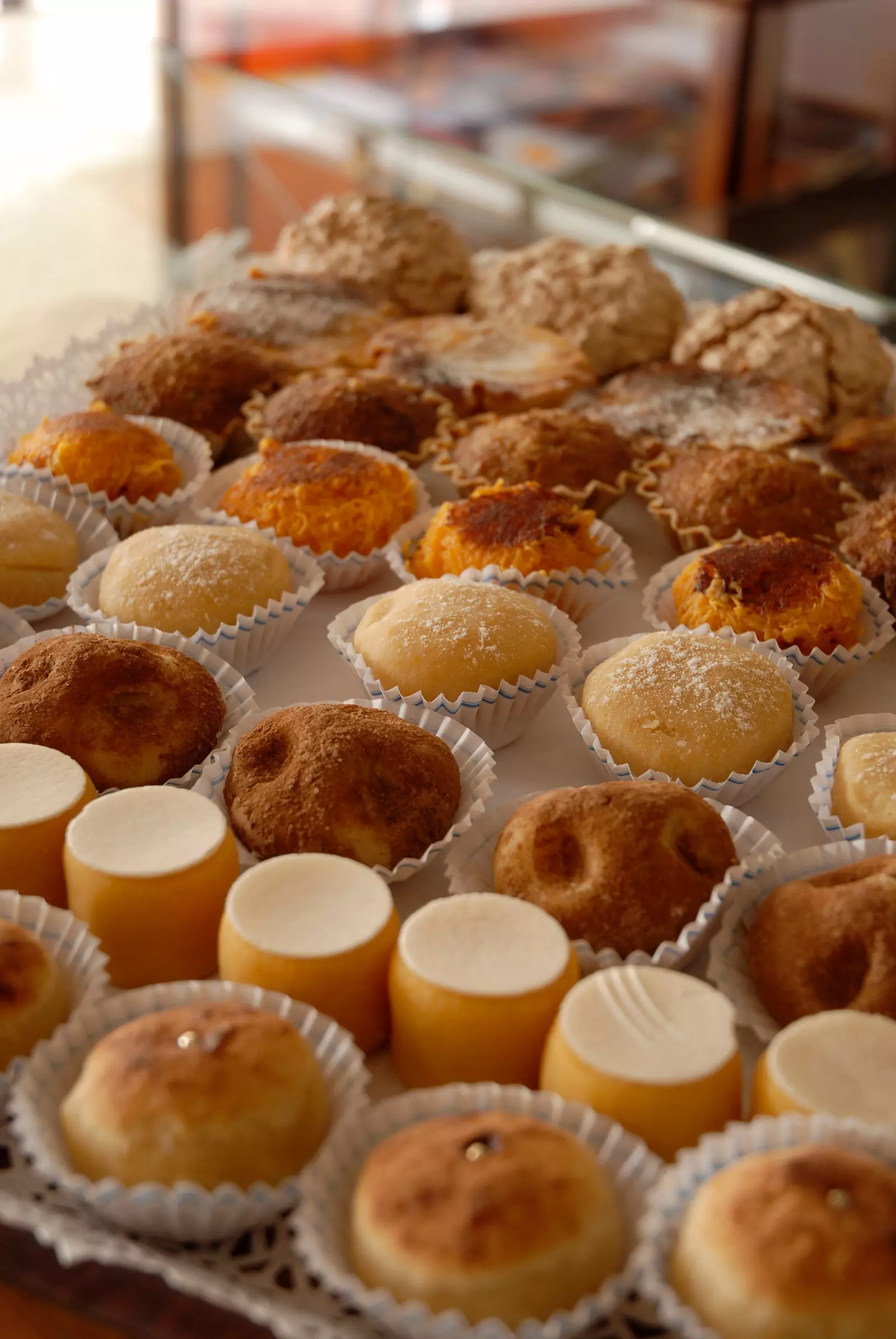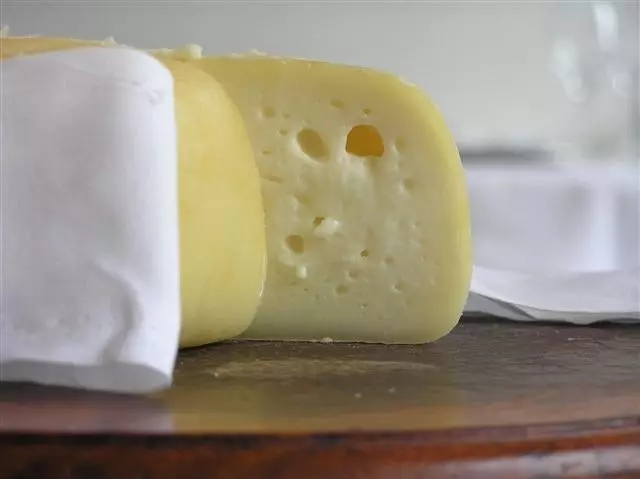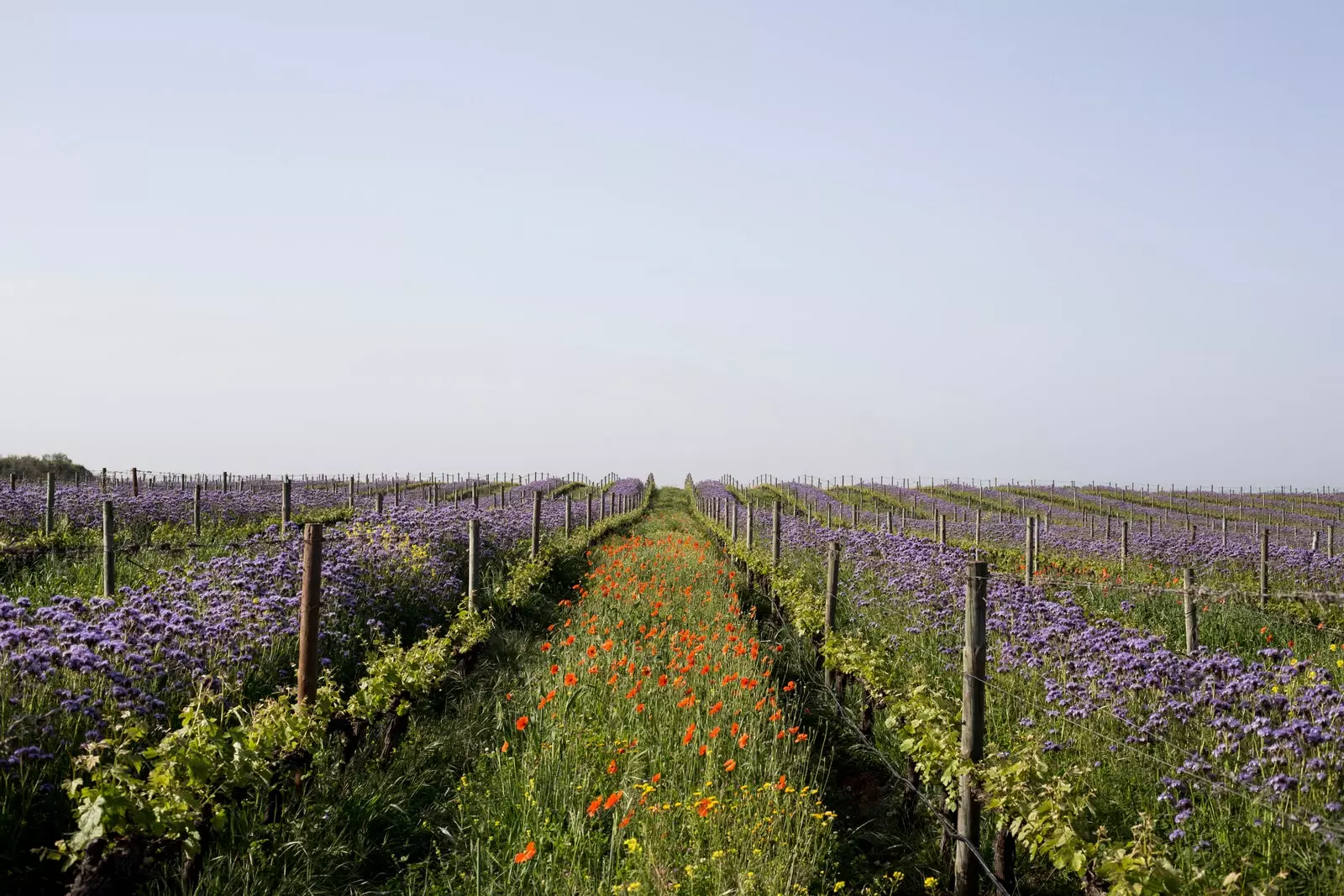Participating in the olive harvest, tasting oils, harvesting for a few hours, learning about the rice cycle, visiting fishing stalls or strolling through the mountains where animals are raised in freedom are just some of the activities offered by the five great routes of “From the land to the table” , the new gastronomic proposal to better understand the Alentejo.
A gastronomy, by the way, that has international prestige. Proof of this are its recognitions: a Michelin Green Star and a Michelin Star awarded to the restaurant The Spore of Reguengos de Monsaraz , a few months ago.
“From the land to the table” shows six great routes , divided into 17 routes that allow you to discover not only its gastronomy, but also other traditions of the Alentejo land, such as its wine.

Conventual Twelve.
FROM THE COAST TO THE SOUTH
The first one focuses on the coastal Alentejo , one of the most impressive coastlines in the world, perfect for those who want to discover the local seafood , while admiring wonderful enclaves bathed by the Atlantic Ocean and the Sado and Mira rivers. In addition to seafood and fish, grilled and cooked dishes worth trying , pasta and fish soups, caldeiradas, eel stews, periwinkle or cuttlefish feijoadas, and rice dishes with prawns or razor clams.
The second route focuses on the south of Alentejo, between Mértola and Alvito. This route crosses the southernmost part of the interior Alentejo, as it runs between Mértola, Castro Verde, Beja, Vidigueira, Viana do Alentejo and Alvito. Those who choose this route, or one of its routes, will be able to taste the famous Serpa cheeses , olive oils, sausages and even some sweets, all accompanied by wines such as those obtained in the vineyards of Vidigueira . “As an extra, you will also be able to discover aromatic and medicinal plants that are grown in that area of the region,” they underline in a statement.

Queijo Serpa.
FROM ALQUEVA TO EVORA
The third route focuses on the lands of Alqueve. Around the beautiful scenery offered by the Alqueva reservoir, you can see the union between tradition and food and wine innovation in the area by visiting producers from Portel, Monsaraz, Mourão, Moura, Noudar and Serpa. These towns allow you to visit some of the most awarded wineries and restaurants in the Alentejo, such as the aforementioned Herdade do Esporão, in Reguengos de Monsaraz. "The oil, wine, cheese and honey tastings are essential if you travel to this part of the region."
The fourth of the gastronomic routes is located in the central Alentejo. From Vendas Novas to Évora. This route invites you on a journey through the senses, where you can try the best compotes, the exquisite local pastries, scented rice dishes and even edible flowers that will leave a mark on everyone who tries them.
Finally, the route to the north, runs through the Guadiana and the landscapes of the Tagus basin, visiting some of the most interesting points in the region, such as Marvão, Castelo de Vide or Monforte. Miles and miles to discover first-hand the alliance between tourist accommodation and food and wine, which stands out in the north thanks to the Sausages from São Brás , the coffee from the Campo Maior Coffee Science Center and the wine from the wineries that populate the area. “The most curious will also be able to participate in mushroom and cork workshops in Moinho da Cova , in Portagem”.
See images: Gold List 2022: the best gastronomic hotels in Spain and Portugal

An opportunity to get to know the Alentejo in all its seasons.
TO THE RHYTHM OF THE SEASONS
Most of the proposals can be enjoyed all year round, but there are some activities that are better done at the rhythm of the seasons.
For example, him autumn is the best month to harvest the product of the earth , that is why among the suggestions of these tours are the grape harvest, the harvest of walnuts, acorns and chestnuts; the harvesting of olives, the harvesting, drying and husking of rice; and the collection of mushrooms and asparagus, among others.
With the cold touches the pruning vines, the production of olive oil and the collection of some seasonal products such as thistles or truffles. While the flowering months are the best time to participate in the pruning of aromatic plants , the sowing of rice, the preparation and planting of orchards and the preparation of compotes.
During the summer it is time to reap what is sown , in addition to harvesting fruit and vegetables, the grape harvest, honey packaging and cork extraction, among many other things. Shall we travel to the Alentejo?
If you are interested in doing any of these routes, you can consult the guide and contact the producers, hotels and restaurants that interest you the most.
